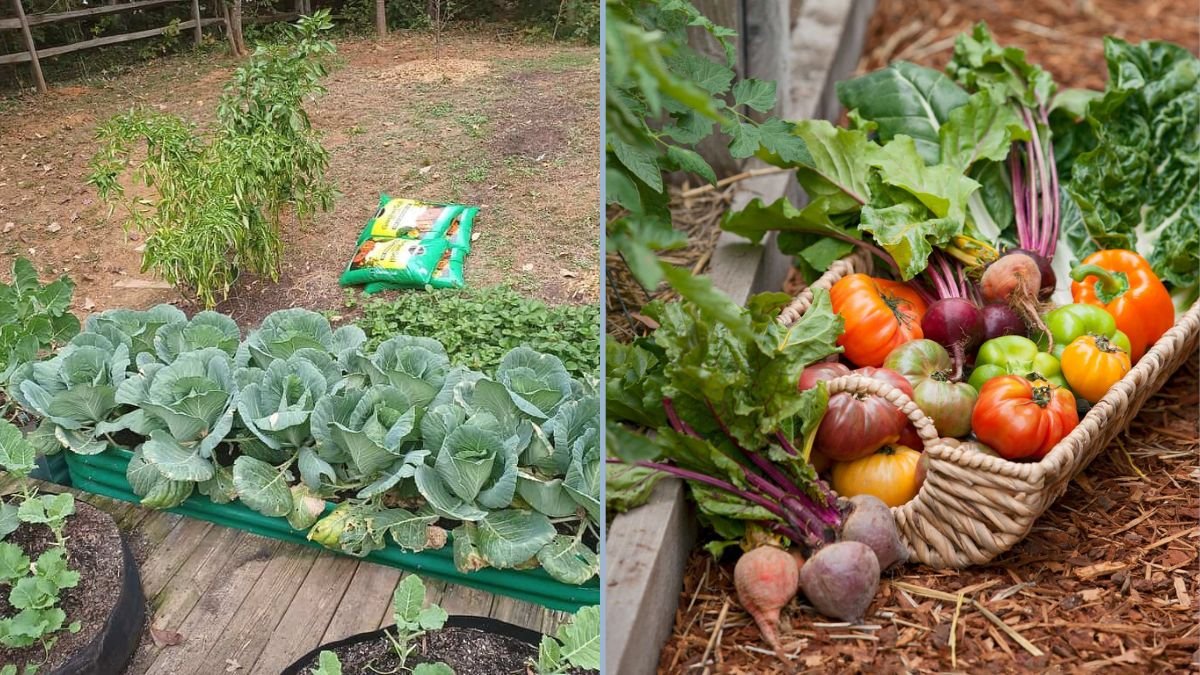Fall is a critical period for gardeners aiming to maximize the productivity of their vegetable and herb gardens. Cooler temperatures, shorter daylight hours, and unpredictable weather often signal the end of the growing season. However, container gardening provides a practical solution for extending the fall harvest, allowing gardeners to enjoy fresh produce well into late autumn.
By leveraging containers, gardeners gain flexibility in plant placement, soil control, and environmental management. Container gardening also supports organic, chemical-free cultivation and can be adapted to small spaces such as patios, balconies, or windowsills. This article explores strategies, suitable crops, soil preparation, watering, temperature management, and pest control for successfully extending the fall harvest using containers.
1. Advantages of Container Gardening for Fall Harvest
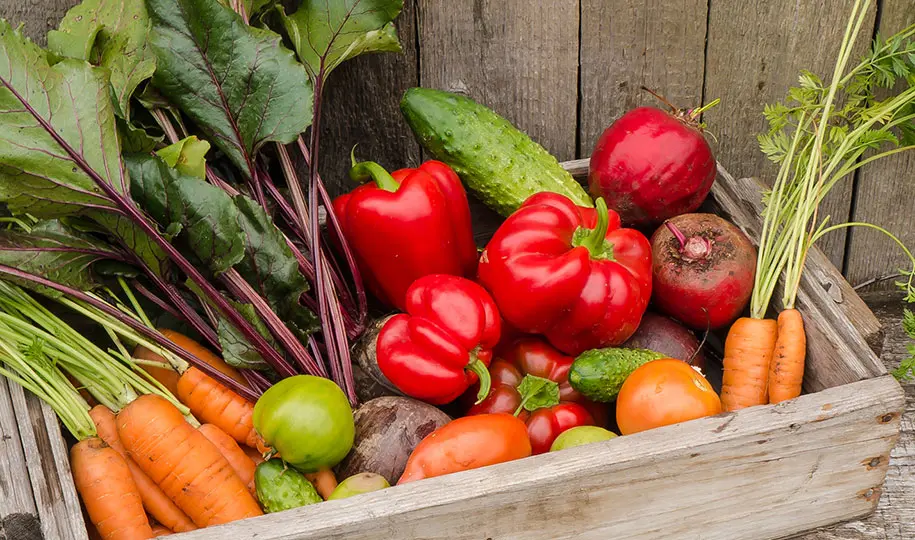
Container gardening offers several benefits for late-season cultivation:
- Mobility: Containers can be moved to maximize sunlight or protect plants from early frosts.
- Soil Control: Allows use of nutrient-rich, well-draining soil mixes for optimal plant growth.
- Space Optimization: Enables gardening in limited or urban spaces.
- Extended Growing Season: Provides microclimate advantages, delaying frost damage and allowing plants to mature.
- Pest Management: Containers reduce exposure to soil-borne diseases and pests.
By using containers, gardeners can maintain productivity and harvest quality even as outdoor conditions become challenging.
2. Selecting Crops for Extended Fall Harvest
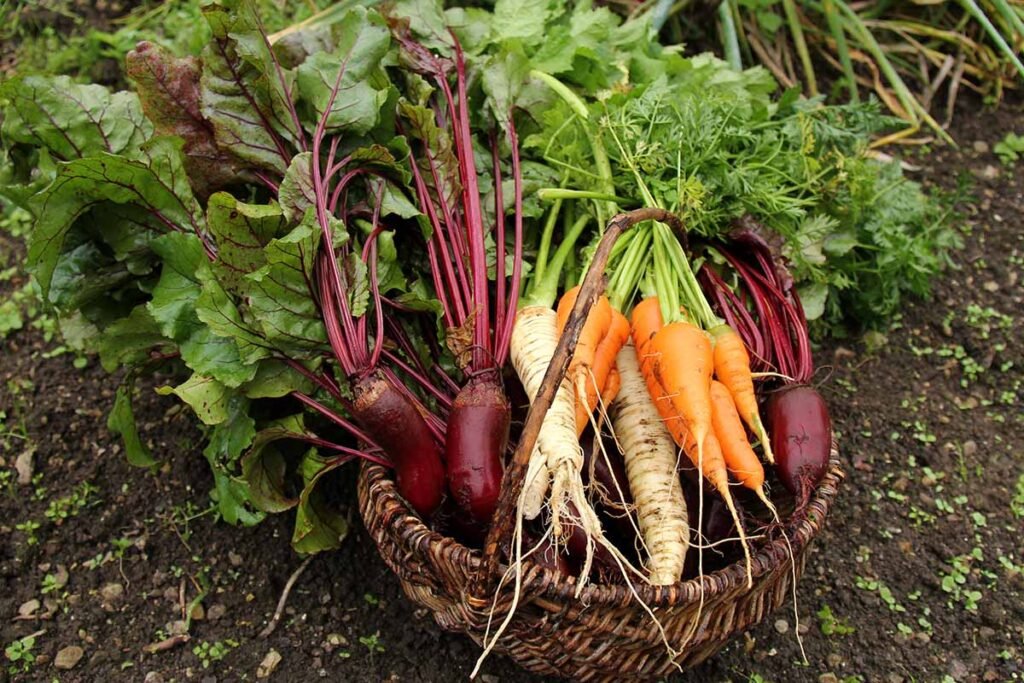
Choosing suitable crops is key to extending the fall harvest:
a. Leafy Greens
- Spinach: Thrives in cooler temperatures; frost-tolerant.
- Lettuce: Leaf varieties grow quickly and can be harvested multiple times.
- Kale and Swiss Chard: Cold-hardy and continue to produce until late fall.
b. Root Vegetables
- Radishes: Fast-growing and ideal for successive planting.
- Carrots: Tolerate cooler temperatures and improve in flavor after light frosts.
- Beets: Can be harvested for both greens and roots.
c. Herbs
- Parsley and Chives: Maintain flavor and productivity during cooler months.
- Thyme and Oregano: Perennial herbs that thrive in containers and provide fresh leaves late into the season.
- Cilantro: Prefers cooler weather and grows quickly in containers.
d. Brassicas
- Broccoli and Cauliflower: Compact varieties adapt well to containers.
- Brussels Sprouts: Cold-tolerant but may require additional protection from frost.
Selecting cold-tolerant and fast-growing crops maximizes container productivity during fall.
3. Choosing the Right Containers
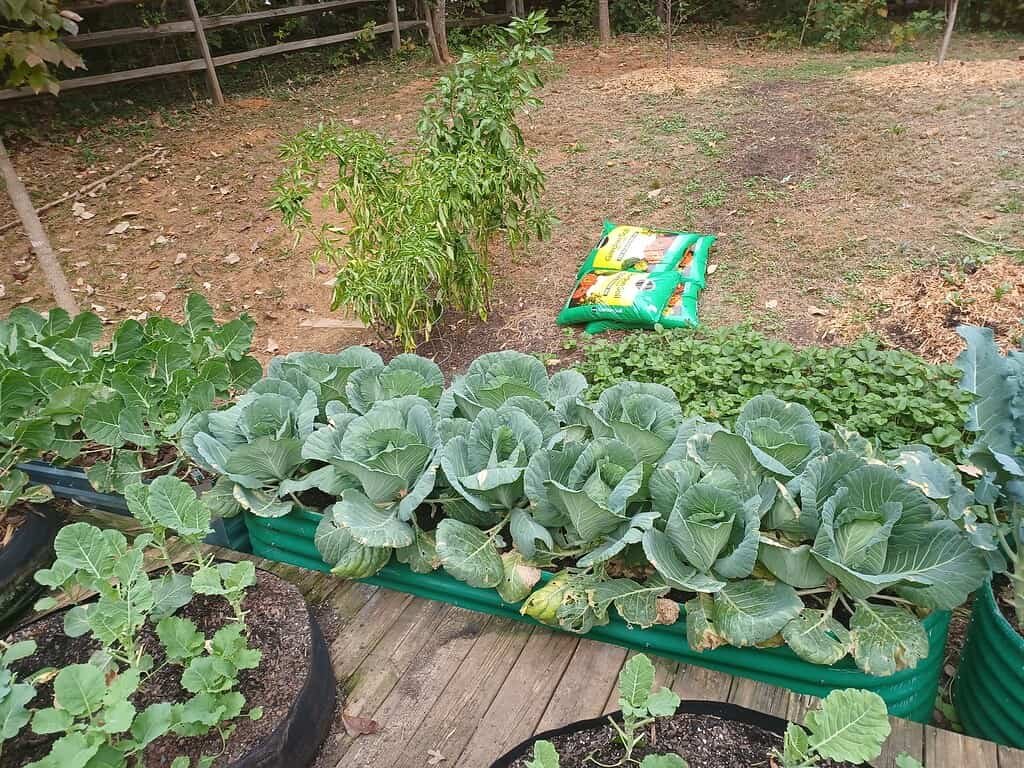
Container selection influences growth, root development, and harvest quality:
- Material: Terracotta, ceramic, or plastic; terracotta offers breathability, while plastic retains moisture.
- Size: Minimum 6–12 inches depth for most leafy greens; deeper containers for root crops.
- Drainage: Ensure adequate drainage holes to prevent waterlogging and root rot.
- Portability: Lightweight containers allow relocation to capture sunlight or protect from wind and frost.
Proper container choice ensures plants thrive and simplifies seasonal management.
4. Soil Preparation for Fall Containers
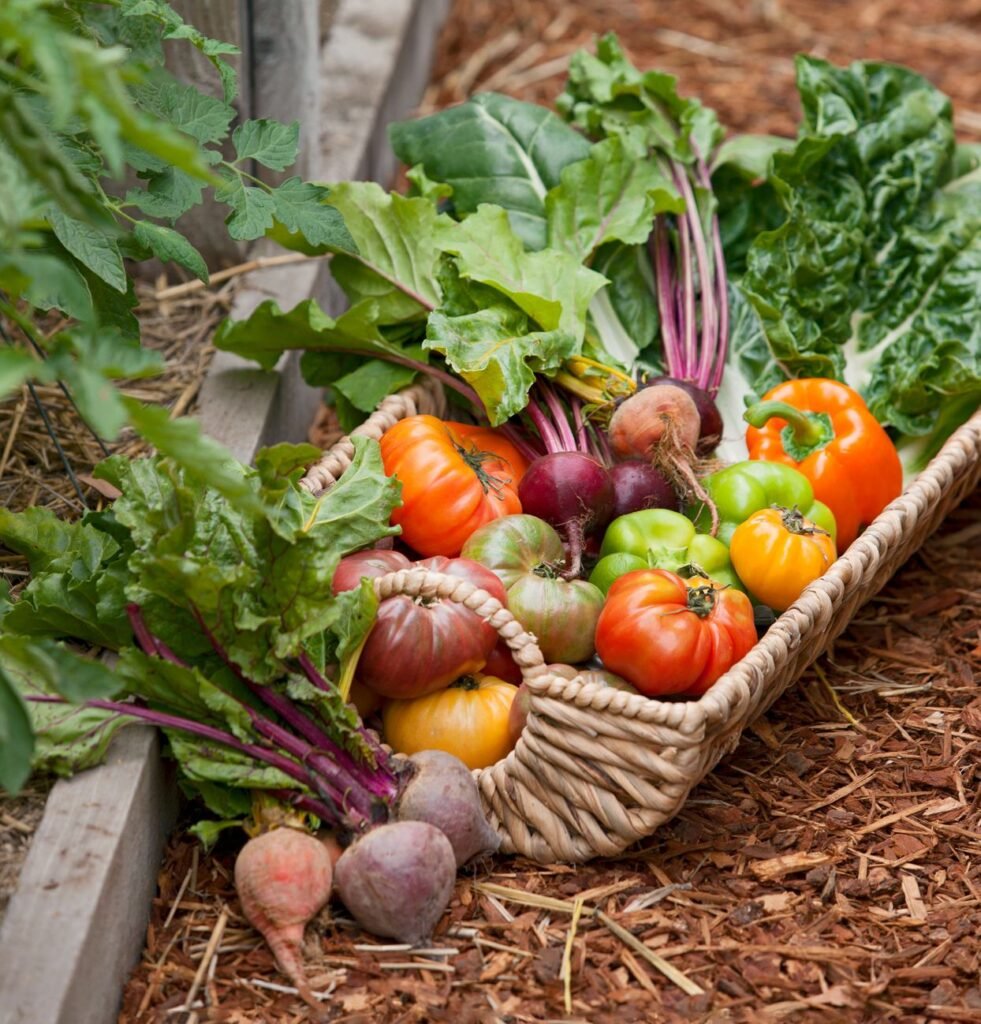
Healthy soil supports sustained growth in cooler months:
- Soil Mix: A combination of compost, coconut coir, and vermicompost provides aeration, fertility, and moisture retention.
- pH Range: Slightly acidic to neutral (6.0–7.0) supports most fall crops.
- Amendments: Organic matter enhances nutrient availability and supports root development.
High-quality soil promotes faster growth, larger leaves, and resilient roots during the fall season.
5. Light Requirements and Placement
Light is crucial during shorter fall days:
- Sunlight: Place containers in areas with at least 4–6 hours of direct sunlight per day.
- Supplemental Lighting: Use LED grow lights for indoor or shaded containers to compensate for decreasing natural light.
- Seasonal Adjustment: Move containers to capture maximum sunlight and protect from harsh afternoon winds.
Optimizing light exposure encourages photosynthesis and maintains plant vigor as the season progresses.
6. Watering Practices for Fall Containers
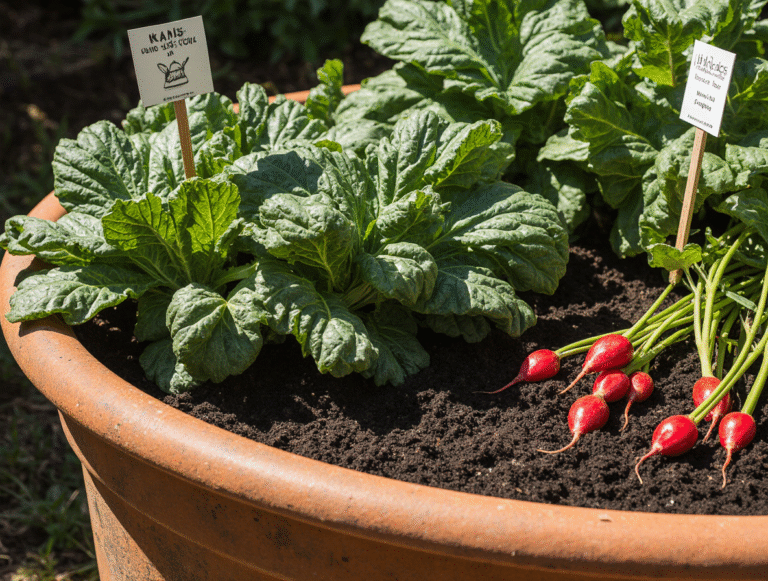
Cooler temperatures reduce water needs but consistent moisture is still vital:
- Check Moisture Regularly: Soil should remain damp but not waterlogged.
- Mulching: Organic mulch, such as straw or coconut coir, reduces evaporation and insulates roots.
- Watering Time: Water early in the day to allow soil to absorb moisture and reduce fungal risk.
- Drainage Maintenance: Ensure excess water drains to prevent root suffocation.
Proper watering practices support steady growth and prevent stress-related leaf yellowing or root damage.
7. Temperature Management and Frost Protection
Containers allow better control of temperature exposure:
- Mobility: Move containers to sheltered areas during early frosts.
- Row Covers: Lightweight fabric protects sensitive crops from sudden cold snaps.
- Indoor Relocation: Leafy greens, herbs, and small root crops can be brought indoors during extreme cold.
- Heat Retention: Dark-colored containers and insulated wraps help maintain soil warmth.
Maintaining optimal temperature ensures continued growth and protects crops from early frost damage.
8. Nutrient Management in Fall Containers
Late-season crops benefit from careful organic fertilization:
- Compost Top-Dressing: Provides slow-release nutrients for leafy growth.
- Liquid Plant Teas: Comfrey, nettle, or moringa teas boost nutrient levels and improve foliage quality.
- Frequency: Light feeding every 3–4 weeks supports continued growth without over-fertilization.
Balanced nutrition ensures vibrant leaves, sturdy stems, and nutrient-rich harvests.
9. Pest and Disease Management
Fall weather reduces some pests but others may persist:
- Common Pests: Aphids, spider mites, and whiteflies can infest container crops.
- Organic Controls: Neem oil, mild soap sprays, or garlic-infused water provide chemical-free protection.
- Monitoring: Inspect containers regularly for early signs of infestation or disease.
- Sanitation: Remove damaged leaves, keep soil surface clean, and maintain airflow between plants.
Proactive pest management supports healthy crops and extended harvests.
10. Pruning and Harvesting Techniques
Proper harvesting extends productivity:
- Cut-and-Come-Again: Harvest outer leaves of leafy greens to allow regrowth.
- Root Crops: Harvest selectively to leave some roots for further development.
- Herbs: Regular trimming encourages bushier growth and prevents flowering.
Pruning and strategic harvesting maximize yield and prolong the fall harvest.
11. Succession Planting
- Staggered Sowing: Plant new seeds every 1–2 weeks for continuous harvest.
- Crop Rotation: Rotate fast-growing greens and root crops to maximize space and maintain soil fertility.
- Microgreens: Quick-growing microgreens supplement longer-term crops and provide immediate harvests.
Succession planting ensures a constant supply of fresh produce into late autumn.
12. Companion Planting in Containers
- Herbs with Greens: Parsley, chives, and thyme can grow alongside leafy greens to deter pests.
- Root and Leafy Crop Combination: Radishes or carrots can share containers with lettuce or spinach.
- Spacing Considerations: Ensure adequate airflow to prevent fungal disease in dense container arrangements.
Companion planting improves productivity, reduces pests, and optimizes container space.
13. Seasonal Maintenance Tips
- Monitor Weather Forecasts: Relocate containers or add protective covers before frosts or heavy rains.
- Soil Refreshment: Replace or top-dress soil mid-season to maintain nutrient availability.
- Regular Cleaning: Remove fallen leaves and debris to prevent disease.
- Adjust Watering: Reduce frequency as temperatures drop, but prevent soil from drying completely.
Seasonal attention ensures containers continue producing healthy, high-quality crops late into fall.
14. Benefits of Extending Fall Harvest with Containers
- Fresh Produce Longer: Continue enjoying vegetables and herbs beyond outdoor garden viability.
- Flexible Space Use: Small patios, balconies, or indoor spaces can support productive container gardens.
- Nutrient-Rich Crops: Extended growth improves flavor, color, and nutrient content.
- Sustainable Gardening: Organic, chemical-free cultivation reduces environmental impact.
- Mental and Physical Well-Being: Gardening in containers promotes activity, mindfulness, and seasonal connection.
Container gardening provides a practical and eco-friendly solution to prolong harvests and enjoy fresh, healthy produce during fall.
15. Conclusion
Extending the fall harvest with containers is an effective strategy for maximizing garden productivity and enjoying fresh, chemical-free produce into late autumn. By selecting cold-tolerant, fast-growing crops, preparing nutrient-rich soil, providing consistent water, and managing temperature and light, gardeners can maintain healthy crops despite shorter days and cooler temperatures.
Container mobility, pruning, succession planting, and companion planting further enhance productivity and ensure continuous harvests. Organic pest and nutrient management maintain plant health and support sustainable, eco-friendly gardening practices.
With proper planning and attention to seasonal needs, container gardening allows gardeners to transform fall into a season of abundance, freshness, and culinary enjoyment, providing both practical and aesthetic benefits in limited or urban spaces.
